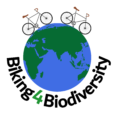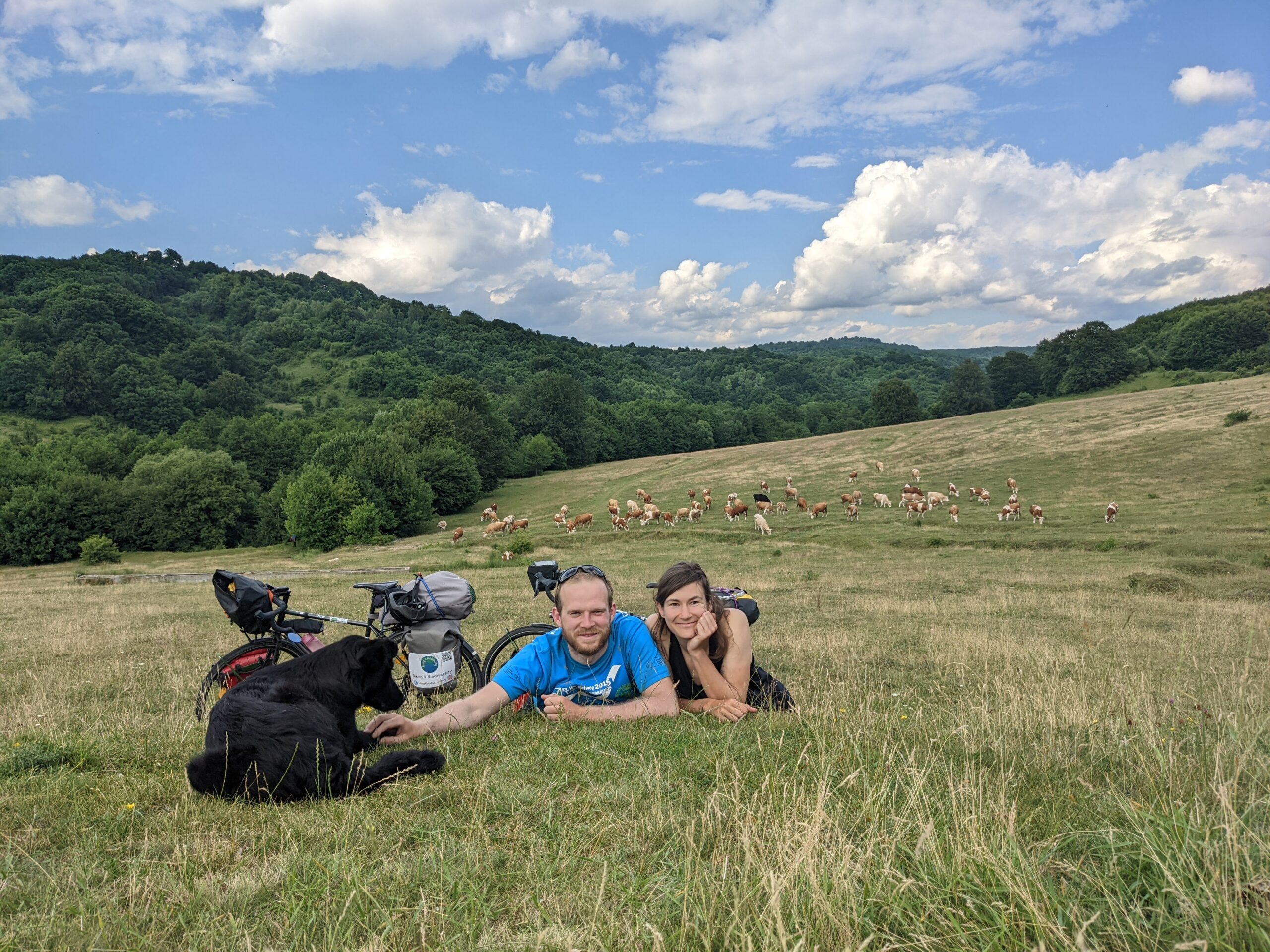
Welcome to
Biking 4 Biodiversity
Cycling across 20 countries and over 20,000 km to discover and share initiatives and the people behind them, who dedicate their lives to the protection of biodiversity.
“A man on foot, on horseback or on a bicycle will see more, feel more, enjoy more in one mile than the motorized tourists can in a hundred miles.”
Edward Abbey, author and environmentalist
Our mission
Biking4Biodiversity aims to connect people, initiatives and projects who dedicate their lives to the protection of biodiversity. On our journalistic conservation journey by bicycle, we aimed to capture what is happening to biodiversity across Europe and Asia, what is important to protect the biodiversity of these versatile landscapes, what current projects and initiatives in the field focus on and what are the ways in which local communities protect biodiversity along our route. We were on the road between April 2022 and February 2024.
Our conservation journey
If you see this after your page is loaded completely, leafletJS files are missing.
Our latest articles
- Every Singaporean can be a naturalist
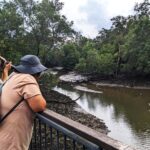 Where is the line between urban greening and nature conservation? How does the Nature Society, Singapore lead the charge in a citizen-based green revolution? Join us on a journey through Sungei Buloh, and explore how grassroots initiatives are reshaping the city-state’s landscape. From protecting mangroves to advocating for sustainable development, learn how active citizen engagement is key to preserving Singapore’s natural heritage!
Where is the line between urban greening and nature conservation? How does the Nature Society, Singapore lead the charge in a citizen-based green revolution? Join us on a journey through Sungei Buloh, and explore how grassroots initiatives are reshaping the city-state’s landscape. From protecting mangroves to advocating for sustainable development, learn how active citizen engagement is key to preserving Singapore’s natural heritage! - Bridging the gap: Mandai Nature’s mission to tackle biodiversity loss in South-East Asia
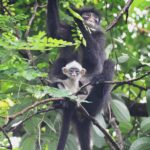 Biodiversity loss presents one of the most pressing challenges of our time. However, despite growing recognition of its importance, there exists a stark geographic misalignment between the magnitude of biodiversity loss and the financial and institutional resources allocated to address it. Singapore-based Mandai Nature is here to shift that and be a catalyst for the protection of some of South-East Asia’s most underrepresented species.
Biodiversity loss presents one of the most pressing challenges of our time. However, despite growing recognition of its importance, there exists a stark geographic misalignment between the magnitude of biodiversity loss and the financial and institutional resources allocated to address it. Singapore-based Mandai Nature is here to shift that and be a catalyst for the protection of some of South-East Asia’s most underrepresented species. - Rat-hunting macaques: a greener solution for rodent pest control in Malaysian oil palm plantations?
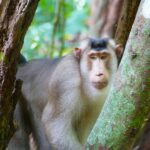 In the lush landscapes of Southeast Asia, oil palm plantations stretch across vast land, producing palm oil, one of the world’s most versatile and economically significant commodities. However, the cultivation of oil palm has long been accompanied by environmental concerns. In the quest for more sustainable practices, an unlikely ally has emerged from the depths of the rainforest: southern pig-tailed macaques.
In the lush landscapes of Southeast Asia, oil palm plantations stretch across vast land, producing palm oil, one of the world’s most versatile and economically significant commodities. However, the cultivation of oil palm has long been accompanied by environmental concerns. In the quest for more sustainable practices, an unlikely ally has emerged from the depths of the rainforest: southern pig-tailed macaques. - The Dusky langurs of Penang: Navigating urban life with finesse
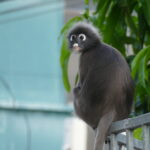 In the bustling cityscape of Penang, Malaysia, amidst the cacophony of human activity, exists a quieter, more elusive population – the Dusky langurs. Although they are quite able to adapt to urbanisation, Dusky langurs face significant conservation challenges. The Langur Project Penang aims to promote coexistence in their new home, the urban jungle.
In the bustling cityscape of Penang, Malaysia, amidst the cacophony of human activity, exists a quieter, more elusive population – the Dusky langurs. Although they are quite able to adapt to urbanisation, Dusky langurs face significant conservation challenges. The Langur Project Penang aims to promote coexistence in their new home, the urban jungle. - Guardians of the blue: MareCet’s quest to save Malaysia’s marine mammals
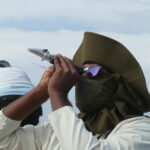 Dolphins, whales, porpoises and dugongs call Malaysia’s waters their home and play crucial roles in maintaining the ecological balance of their marine habitats. However, like many marine mammals worldwide, Malaysia’s wild marine sentinels face a myriad of threats. Join us, as we accompanied the MareCet team on their January dolphin survey on the west coast of Malaysia: two days out on the Malaysian waters on a small vessel of discovery and conservation, joining a team of amazing experts in marine conservation.
Dolphins, whales, porpoises and dugongs call Malaysia’s waters their home and play crucial roles in maintaining the ecological balance of their marine habitats. However, like many marine mammals worldwide, Malaysia’s wild marine sentinels face a myriad of threats. Join us, as we accompanied the MareCet team on their January dolphin survey on the west coast of Malaysia: two days out on the Malaysian waters on a small vessel of discovery and conservation, joining a team of amazing experts in marine conservation.
Who we are
The decision to go on a several-month cycling tour was made in the early months of 2021, and as avid environmentalists and adventurers, we could not be frightened even by the raging pandemic. In April 2022, we started our biking documentary trip from Germany to Singapore. The plan was simple: taking our bikes on an over 20,000 km-long journey across 20 countries to discover and share, how humans tackle the main drivers of biodiversity loss, and what we can learn from each other along the way.




A little slice of being on the road
Support our cause
The kind support of many people helped us with the pedaling, writing, photographing, researching and connecting with people everywhere we went, being our horsepowers hidden in the bike frame, and contributing to making Biking4Biodiversity a trip that makes a true impact. Now that we finished traveling, we are happy to talk about our experiences in the public. If you would like to invite us for a presentation or workshop at the place you live, let us know!
Our newest Instagram posts @biking4biodiversity
